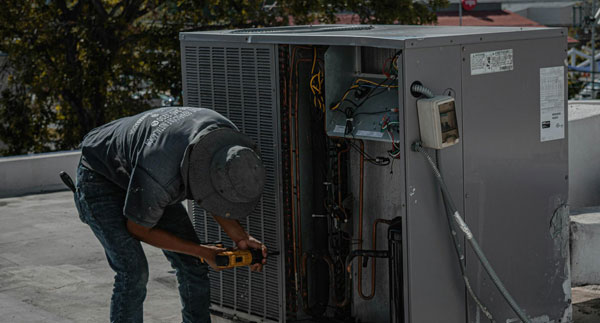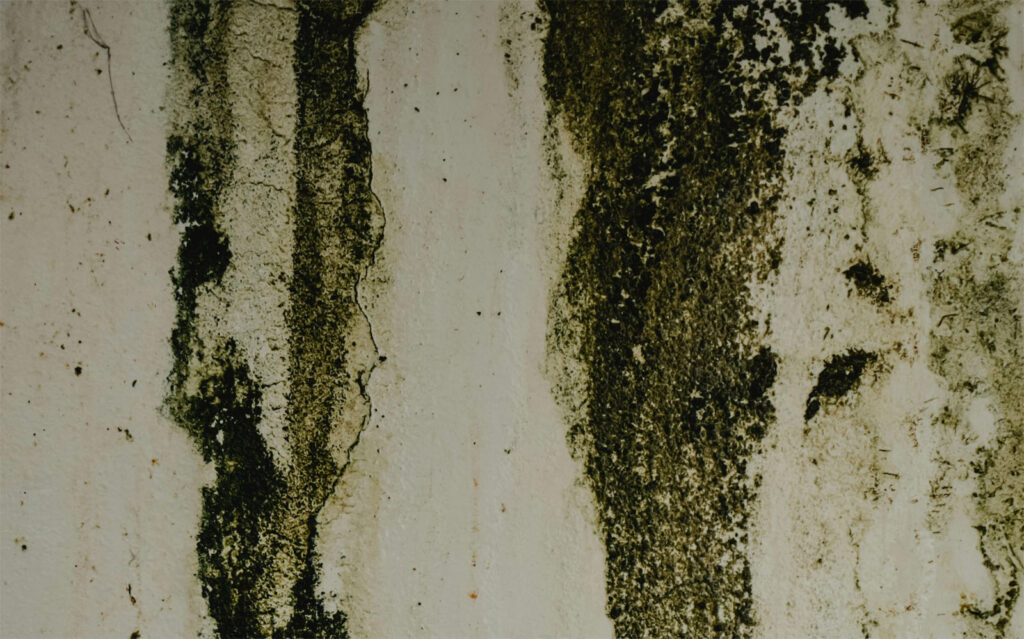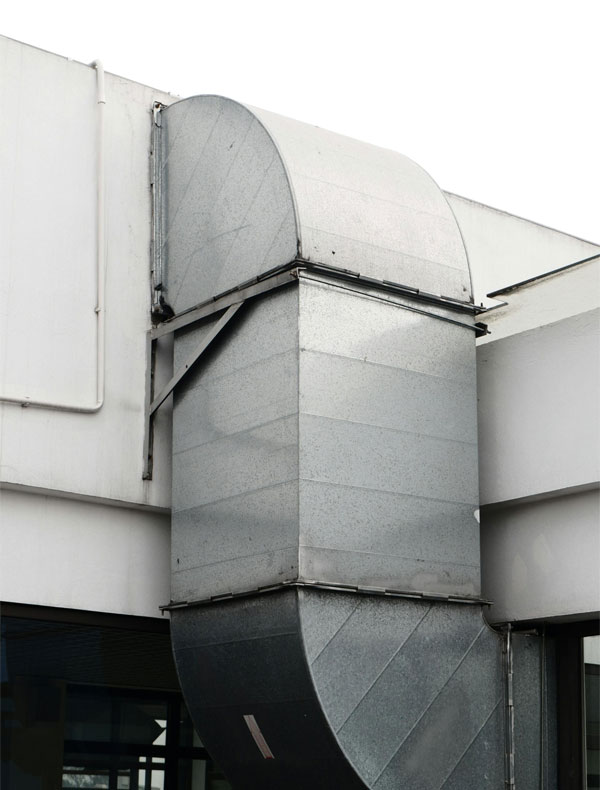Why Missing Return Air Ducts is a Problem
In modern home design, heating, ventilation, and air conditioning (HVAC) systems are crafted for maximum efficiency, comfort, and indoor air quality. A key component in this balance is the presence of both supply and return air ducts. While supply ducts push conditioned air into each room, return ducts pull air back to the HVAC system for filtering, conditioning, and recirculation. When a home lacks return air ducts, the entire HVAC system—and ultimately the home’s indoor environment—can suffer. In this post, we’ll explore why return ducts are so important, the specific issues caused by not having them, and potential solutions for homeowners facing this common problem.

The Role of Return Air Ducts in Your HVAC System
Return air ducts create a balanced airflow cycle in a home, pulling “used” air from each room back to the HVAC system. This balance allows the system to condition the air effectively, distribute it evenly, and filter out dust, allergens, and contaminants. Here’s what return ducts do for your HVAC system:
1.Facilitate Air Circulation: Return ducts help move air smoothly through the home, pulling air from each room back to the HVAC unit for continuous circulation. This circulation is essential for maintaining a stable, comfortable indoor environment.
2.Maintain Pressure Balance: Balanced air pressure is crucial in homes. Without return ducts, certain rooms may become positively pressurized, leading to uneven airflow and making it difficult for the HVAC system to maintain a consistent temperature.
3.Filter Indoor Air: As air flows back through the HVAC system, it passes through filters that capture dust, allergens, and other particles. This process is important for improving indoor air quality, which is especially valuable for households with allergies or asthma.
When a home lacks return air ducts, these critical functions are disrupted. While it’s common to see supply vents in every room, many homes, especially older or smaller homes, are built without adequate return ducts. Here’s a closer look at the specific problems that arise from this situation.
Issues Caused by Not Having Return Air Ducts
Without return air ducts, homeowners are likely to experience several issues. Some of these may seem minor at first, but over time, they can contribute to significant discomfort, increased energy costs, and even long-term damage to the HVAC system.
1. Uneven Temperatures and Poor Comfort
Without return ducts, the HVAC system struggles to create a consistent temperature throughout the house. Certain rooms, especially those farthest from the HVAC unit, may feel stuffy or have “hot and cold spots.” This is because the air isn’t being pulled back efficiently, so conditioned air doesn’t distribute evenly. Homeowners may find themselves adjusting the thermostat frequently to compensate, which can actually increase energy costs without truly fixing the issue.
2. Higher Energy Bills

In homes without return ducts, the HVAC system has to work harder to pull air back through its intake. This added effort means that the unit is running inefficiently and consuming more energy. Over time, this inefficiency will be reflected in higher energy bills, especially during peak heating and cooling seasons. A lack of return ducts essentially forces the system to overwork, wasting energy that could otherwise be saved with proper airflow.
3. Reduced Indoor Air Quality
Air circulation is key to maintaining clean indoor air. Without return ducts, the air in each room is not circulated back to the HVAC system effectively, meaning dust, allergens, and other particles are more likely to remain in the air. Over time, this leads to a buildup of allergens, dust, and potentially harmful pollutants. Poor air circulation can worsen respiratory issues for those with asthma, allergies, or other sensitivities.
4. Increased Wear on the HVAC System
An unbalanced HVAC system has to work harder to compensate for the lack of proper airflow, leading to increased strain on components like the blower motor. This extra wear and tear can cause the system to break down more often and shorten its overall lifespan. In essence, the HVAC system is being forced to operate outside of its intended design, which leads to more frequent repairs and potentially premature replacement.
5. Moisture and Mold Problems

In humid climates, poor airflow due to a lack of return ducts can lead to moisture buildup. Rooms without proper return airflow can trap moisture, creating an ideal environment for mold and mildew growth. Mold and mildew not only contribute to poor indoor air quality but can also lead to structural damage over time if left untreated.
Potential Solutions for Homes Without Return Ducts
While not every home is designed with return air ducts, there are several options for addressing this issue and improving airflow without undertaking a major renovation. Here are a few approaches homeowners can consider:
1. Install Central Return Ducts
For some homes, adding a few central return air ducts in key areas can significantly improve airflow. Placing central return ducts in larger spaces like the hallway or living room can help pull air from multiple rooms at once. This may not be as efficient as individual returns in each room, but it can be an effective compromise for improving circulation.

2. Use Transfer Grilles or Jump Ducts
If installing dedicated return ducts isn’t possible, transfer grilles or jump ducts are a common solution. Transfer grilles are installed in walls or doors to allow air to pass between rooms and reach a central return. Jump ducts serve a similar purpose by creating a pathway for air between rooms, usually in the ceiling. Both options allow airflow to be directed back to the HVAC system without requiring extensive ductwork.
3. Install Return Air Vents in Individual Rooms
If a more comprehensive solution is feasible, installing return air vents in every major room (especially bedrooms and common areas) is ideal. Having return air vents in each room ensures that air is being properly circulated and helps the HVAC system maintain a more balanced environment. This approach requires more extensive ductwork but can have a big impact on comfort and efficiency.
4. Undercut Interior Doors
If other solutions are impractical or costly, undercutting doors slightly can help improve airflow by allowing air to flow under the door and into a hallway where a central return may be located. This won’t solve the problem entirely but can be a helpful, low-cost way to promote airflow when doors are closed.
Conclusion: The Value of Balanced Airflow in Your Home
Return air ducts are more than just a design detail—they’re an essential part of an efficient, comfortable, and healthy home environment. Without return ducts, homeowners are likely to face uneven temperatures, higher energy bills, poor air quality, and increased strain on their HVAC system. Fortunately, there are multiple solutions for homes that lack return ducts, ranging from central returns and transfer grilles to undercutting doors for improved airflow.
Consulting an HVAC professional is often the best first step to assessing your home’s airflow needs. With the right adjustments, you can achieve a balanced HVAC system that not only saves you money but also creates a more comfortable and healthier indoor space for you and your family.
